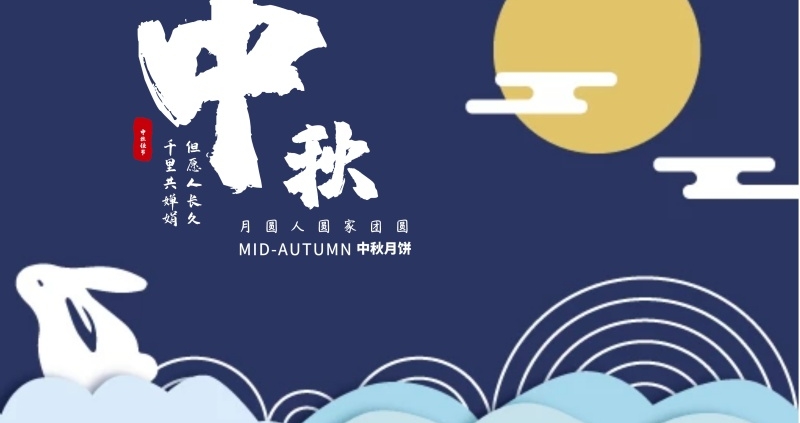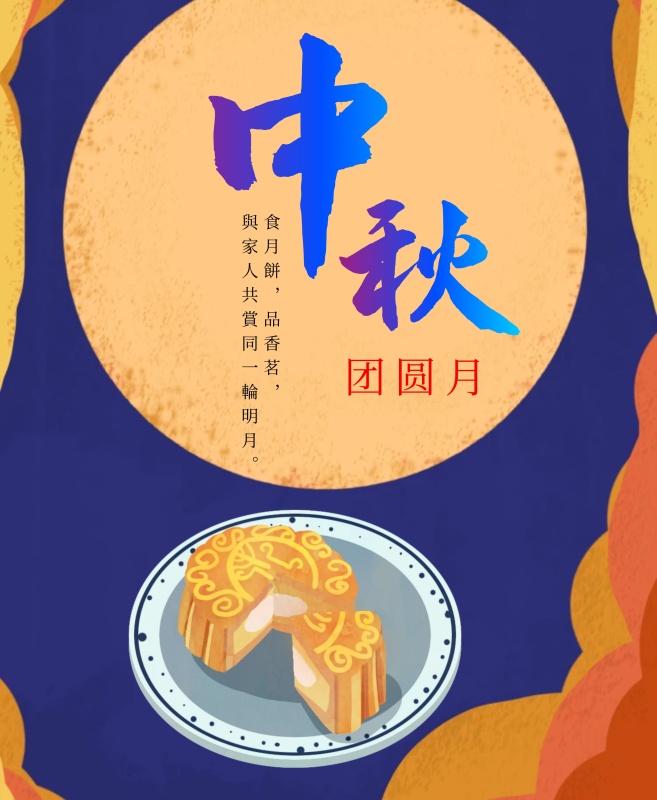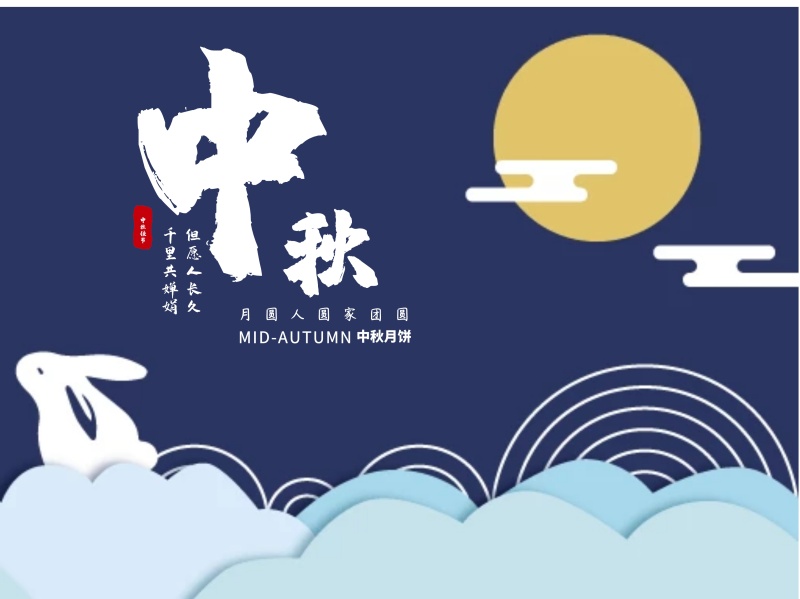The Mid-Autumn Festival, also known as offering to the moon festival, moon Festival, Moon Festival, Autumn Festival, Zhongqiu Festival, worship the moon festival, moon niang Festival, moon Festival, reunion Festival, etc., is a traditional Chinese folk festival. The Mid-Autumn Festival originated from celestial worship, from the ancient times qiuxi festival evolved from the moon. At first, the festival was held on the “Autumn Equinox”, the 24 solar terms of the Ganzhi calendar. Later, it was moved to the August 15 of the Xia Calendar. In some places, the Mid-Autumn Festival was set on the August 16 of the Xia calendar. Since ancient times, the Mid-Autumn Festival has been offering sacrifices to the moon, enjoying the moon, eating moon cakes, playing lanterns, enjoying osmanthus flowers, drinking osmanthus wine and other folk customs, spread to the present, enduring.
The Mid-Autumn Festival originated in ancient times, popular in the Han Dynasty, shaped in the early Tang Dynasty, prevailing in the Song Dynasty. The Mid-Autumn Festival is a synthesis of seasonal customs in autumn. Most of the festival customs it contains have ancient origins. The Mid-Autumn Festival to the full moon of reunion, for the sustenance of missing hometown, missing relatives, praying for harvest, happiness, become a rich and colorful, precious cultural heritage.
The Mid-Autumn Festival and the Spring Festival, qingming Festival, Dragon Boat Festival and known as China’s four traditional festivals. Influenced by Chinese culture, Mid-Autumn Festival is also a traditional festival in some countries in East Asia and Southeast Asia, especially among local Chinese. On May 20, 2006, The State Council included it in the first batch of national intangible cultural heritage list. Mid-Autumn Festival has been listed as a national holiday since 2008.
On November 25, 2020, the Notice of The General Office of the State Council on some holidays in 2021 was released. The Mid-Autumn Festival in 2021 will have a three-day holiday from September 19 to 21.



